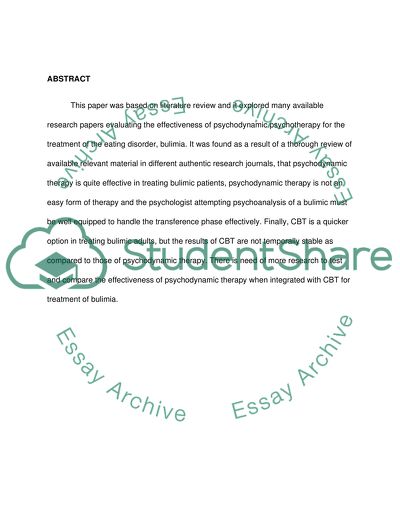Cite this document
(“The treatment of bulimia with psychoanalysis Research Paper”, n.d.)
Retrieved from https://studentshare.org/family-consumer-science/1417617-the-treatment-of-bulimia-with-psychoanalysis
Retrieved from https://studentshare.org/family-consumer-science/1417617-the-treatment-of-bulimia-with-psychoanalysis
(The Treatment of Bulimia With Psychoanalysis Research Paper)
https://studentshare.org/family-consumer-science/1417617-the-treatment-of-bulimia-with-psychoanalysis.
https://studentshare.org/family-consumer-science/1417617-the-treatment-of-bulimia-with-psychoanalysis.
“The Treatment of Bulimia With Psychoanalysis Research Paper”, n.d. https://studentshare.org/family-consumer-science/1417617-the-treatment-of-bulimia-with-psychoanalysis.


